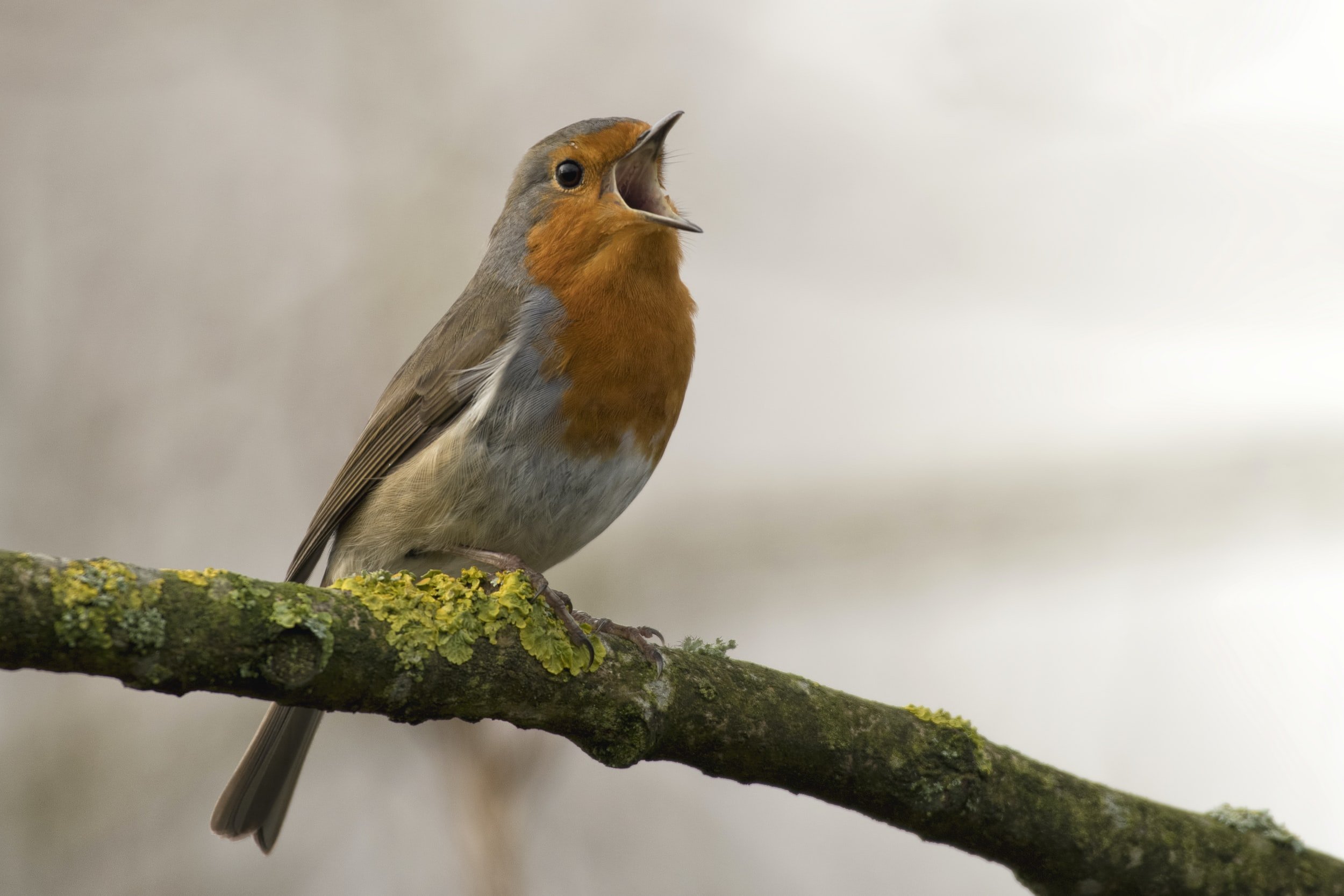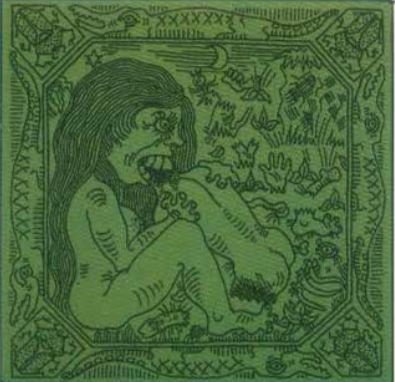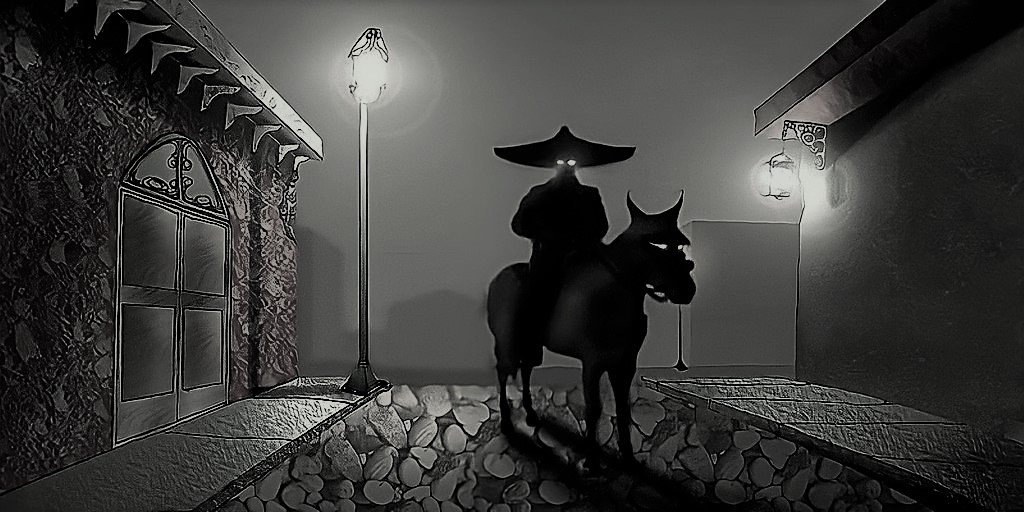The Dangerous Snake Island of Brazil
Stretch out both of your arms to each side, feels good right? Now imagine you're doing this in Brazil, specifically on an island called Ilha de Queimada Grande; still feel good?
What if I told you, chances are you would most likely be touching about 5 snakes, including one of the most venomous snakes in the world because Ilha de Queimada Grande is better known as Snake Island.
“I don’t like this game anymore!”
Located about 20 miles off the coast of São Paulo, Brazil, Snake Island is 110 acres or 430,000 square meters of pure terror. It’s important to note how many square meters since the most common adage you’ll hear about Snake Island is that there are anywhere between 1 and 5 venomous snakes per square meter (one meter is equal to 3.2 feet btw).
This means there are anywhere between half a million to 2.5 million snakes on that very small island. You might think 110 acres isn’t small but any island where you can’t lay down without bumping into a bunch of snakes is certainly not big enough.
If that’s not enough to keep you away, let me tell you about one of the species of snakes that make this island so dangerous. These slithering serpents are not your friendly non-venomous long-boys, these are an evolved species of pit vipers called Golden Lanceheads (Bothrops Insularis).
Related Article: The Mysteries of Pig Beach Island
“Sssssup… why are you sssscreaming?”
These ‘friends’ grow to about half a meter long and have evolved to be extremely venomous, with the venom actually able to melt the flesh around its bites. Of course, that’s not all, kidney failure, necrosis of the skin, brain hemorrhaging, and intestinal bleeding soon follow within the hour if untreated.
Buried Treasure on Snake Island?
There’s a myth that pirates are to blame for all the snakes. The stories say a group of pirates buried their treasure at Ilha de Queimada Grande and in order to prevent theft, they placed the venomous snakes on the island. We know this isn’t true since there are no records of pirates actually burying treasure except for William Kidd, therefore there’s no buried treasure on Snake Island.
Turns out the actual explanation isn’t as exciting but 11,000 years ago the sea levels rose around Brazil cutting off the island to the mainland and trapping the snakes on the island. With now limited resources the snakes had to target the migrating birds on the island for food and since snakes can’t fly (thankfully!), their venom had to evolve to be quicker acting.
“Their venom does what now?!”
Human Interference
For a long time, there weren't any humans on the island and the snakes evolved without any real predators to stop them so by the time humans did show up on the island, it didn’t go well.
In the early 20th century, a lighthouse was built and operated on the island until it was automated in 1920. A story often told regarding the last family that operating the lighthouse on the island ends with all of them dead after snakes decided to attack them one random night.
Another story tells of a man who went to the island in search of bananas and was found dead in a pool of blood due to multiple snake bites. I couldn’t find anything verifying these stories but I imagine they were created to keep people off the island… as if you needed more reasons not to go.
“You could have stopped at ‘snake island.’”
Nowadays the Brazilian Government does a better job keeping people off the dangerous island than the stories do. The island is strictly off-limits and any visits must be sanctioned by the government which requires you to bring a doctor. Chances are if you’re going there for sightseeing, you won’t be allowed in.
Related Article: 5 Islands You Can’t or Shouldn’t Visit
Quick Facts
Biologist Marcelo Duarte, who has visited Ilha de Queimada Grande (Snake Island) several times claims the 1-5 snakes per square meter isn’t accurate. He states it’s closer to just 1… which doesn’t really make things better.
If you are bitten by the Golden Lancehead snake you still have a 3% chance of death even with treatment because of internal hemorrhaging, kidney failure, and necrosis.
Sources
Nayeryouakim, CC BY-SA 4.0 , via Wikimedia Commons
Prefeitura Municipal de Itanhaacm, CC BY 2.5 , via Wikimedia Commons
















